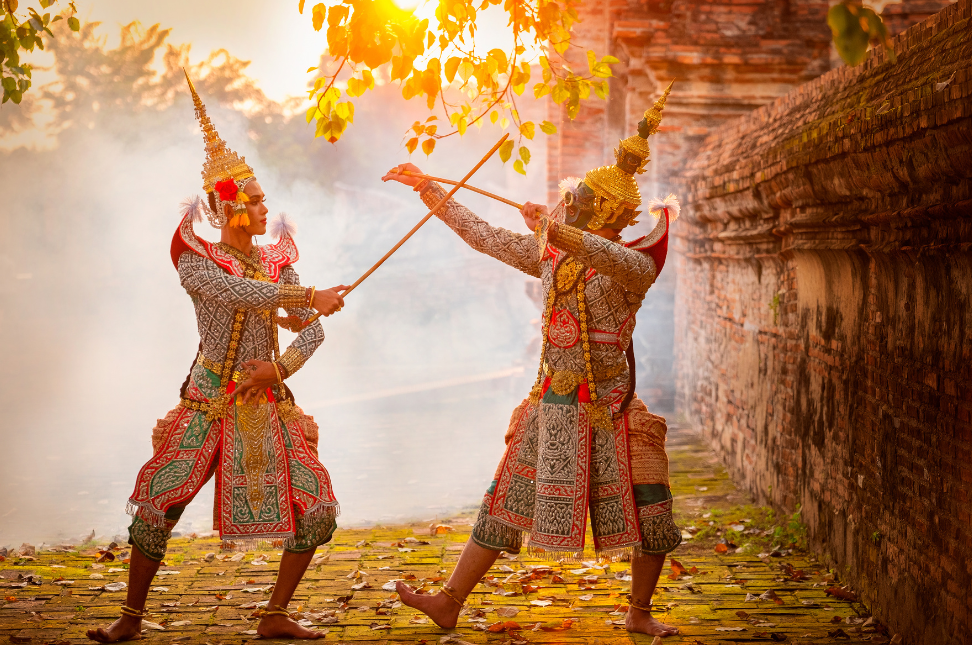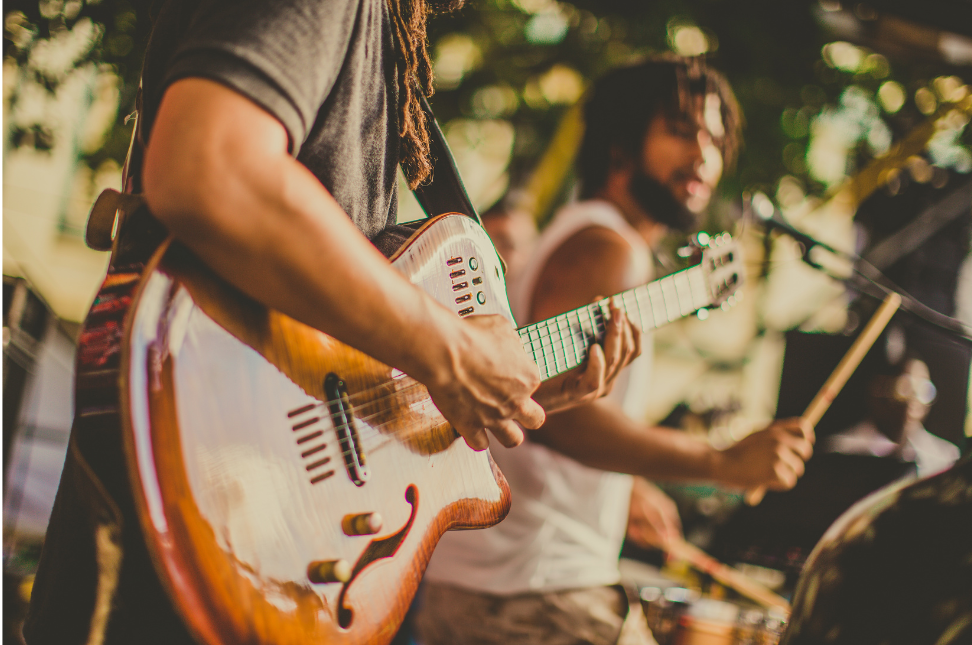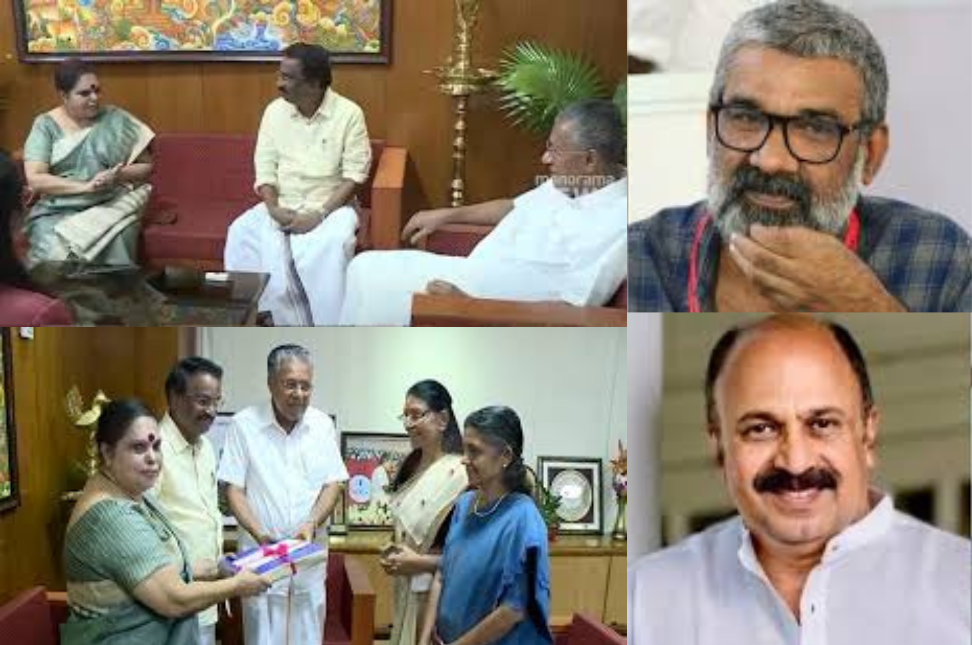Indian Folklore is a treasure trove of ancient stories, myths, and legends that have been passed down through generations. These tales are deeply embedded in the cultural fabric of India, reflecting the country’s diverse traditions, beliefs, and values. From epic narratives that span centuries to simple village tales that teach moral lessons, Indian Folklore offers a window into the soul of India, revealing its rich heritage and the wisdom of its people.
The Origins and Evolution of Indian Folklore
Indian Folklore has its roots in the oral tradition, where stories were passed down verbally from one generation to the next. This tradition predates written literature, and it is through these oral narratives that the ancient cultures and civilizations of India preserved their history, values, and knowledge.
- Mythological Foundations: Many of the stories in Indian Folklore are derived from the country’s rich mythological texts, such as the Vedas, the Mahabharata, and the Ramayana. These epics are not only religious texts but also sources of numerous folk tales that have been adapted and retold in various forms across different regions of India.
- Regional Variations: Indian Folklore is not monolithic; it varies greatly from one region to another. Each state, language, and community in India has its own set of folk tales, legends, and myths. For example, the folk tales of Rajasthan are vastly different from those of Kerala, yet both contribute to the broader tapestry of Indian folklore.
Key Themes and Characters in Indian Folklore
Indian Folklore encompasses a wide range of themes, from the battle between good and evil to the celebration of love, courage, and wisdom. The characters in these stories are often symbolic, representing various aspects of human nature and the natural world.
- Gods and Demigods: Many folk tales feature gods and demigods who intervene in the lives of humans, often to teach a lesson or restore balance. For instance, stories about Lord Krishna, one of the most beloved deities in Hinduism, are widespread in Indian folklore. These tales depict Krishna’s playful and mischievous nature, as well as his role as a protector and guide.
- Animals as Protagonists: In many Folklore stories, animals are given human-like qualities and serve as the main characters. The Panchatantra, a collection of ancient Indian animal fables, is a prime example of this. These stories, which often feature animals like lions, monkeys, and crows, convey moral lessons in a simple and engaging manner.
- Heroes and Villains: Folk tales often revolve around the adventures of brave heroes and the defeat of villains. These stories are meant to inspire courage and righteousness in listeners. The legend of Vikramaditya, a wise and just king who is a popular figure in Indian folklore, is an example of a hero who embodies these qualities.
The Role of Indian Folklore in Society
Indian Folklore serves several important functions in Indian society, beyond mere entertainment. It is a medium for preserving cultural identity, imparting moral values, and providing a sense of continuity with the past.
- Cultural Preservation: In a country as diverse as India, folklore plays a crucial role in preserving the unique cultural identities of different communities. Through stories, songs, and dances, folklore helps to keep alive the customs, traditions, and languages of various groups.
- Moral Education: Many Folklore stories are designed to teach moral lessons. These tales often conclude with a clear moral, emphasizing virtues like honesty, kindness, and humility. For example, the stories of Birbal, the witty advisor to Emperor Akbar, are known for their clever plots and underlying moral lessons.
- Social Commentary: Folklore often reflects the social and political realities of the time in which it was created. Many folk tales contain subtle (or not-so-subtle) critiques of societal norms, power structures, and injustices. Through satire and allegory, these stories challenge the status quo and encourage listeners to think critically about the world around them.
Indian Folklore in Contemporary Culture
While Indian Folklore has its origins in ancient times, it continues to influence contemporary Indian culture in various ways. Folklore is celebrated in festivals, portrayed in modern media, and even adapted into popular literature and cinema.

- Festivals and Rituals: Many of India’s festivals are rooted in folklore. For instance, the festival of Holi, which marks the arrival of spring, is based on the legend of Prahlad and Holika. Similarly, the stories of Rama and Ravana are central to the celebration of Dussehra and Diwali.
- Adaptations in Literature and Cinema: Indian authors and filmmakers often draw inspiration from folklore, reinterpreting traditional stories for modern audiences. For example, the classic tales of the Ramayana and Mahabharata have been adapted into numerous films, television series, and books, each offering a new perspective on these timeless narratives.
- Folklore in Modern Media: With the rise of digital media, Indian Folklore has found new platforms for expression. Websites, podcasts, and YouTube channels dedicated to folklore have made these stories accessible to a global audience, ensuring that they continue to be passed down to future generations.
The Global Appeal of Indian Folklore
Indian Folklore has not only captivated audiences within India but has also gained popularity internationally. The universal themes, rich symbolism, and engaging narratives make these stories appealing to people from diverse cultural backgrounds.
- Translations and Retellings: Many Indian Folklore stories have been translated into multiple languages, allowing them to reach a wider audience. International authors and scholars have also retold these stories, bringing a fresh perspective to traditional narratives.
- Influence on Global Literature: The themes and motifs of Folklore have influenced global literature, particularly in the genres of fantasy and magical realism. Authors like Salman Rushdie have incorporated elements of Indian folklore into their works, blending the fantastical with the everyday to create rich, layered narratives.
Conclusion: The Enduring Legacy of Indian Folklore
Indian Folklore is a living tradition that continues to evolve while staying true to its roots. It is a testament to the resilience and creativity of the Indian people, offering a window into the country’s soul and a bridge between its past and future.
In conclusion, Folklore is not just a collection of old stories; it is a vital part of India’s cultural heritage. These tales, with their universal themes and timeless wisdom, continue to inspire and entertain people around the world. As India continues to change and modernize, its folklore remains a constant, reminding us of the values and traditions that have shaped the nation for centuries.




